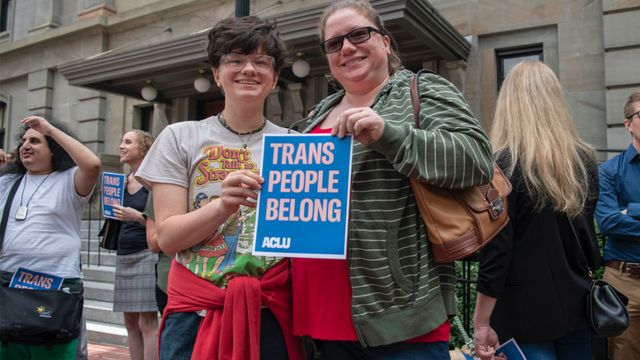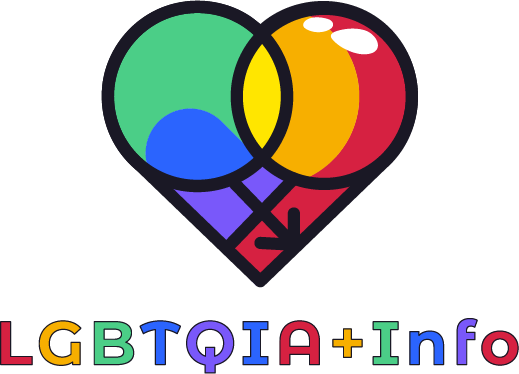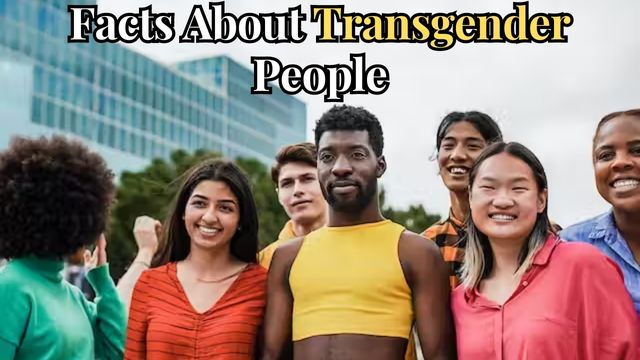There are numerous myths and misunderstandings about transgender persons because of this lack of understanding. The transgender community continues to face widespread ignorance despite efforts to educate the public. With the hope of illuminating their experiences and stressing the significance of acceptance and support, this article tries to present an overview of transgender people’s demographics and statistics.
Introduction
People who identify with a gender other than the one they were assigned at birth are considered transgender. They might be men, women, non-binary, or anybody else who chooses to identify as such. Recent estimates place the number of transgender adults in the United States at 1.4 million, or around 0.6% of the total population. There are probably a lot more people out there who have either not come out or whose numbers have not been correctly recorded in polls.
Demographics of Transgender People
*Age
Although transgender persons may be found throughout the age spectrum, the majority are under the age of 30, according to available statistics. National Center for Transgender Equality (NCTE) poll found that 39% of respondents were 18–24 years old and 21% were 25–34 years old.

*Race and Ethnicity
There is a wide range of racial and ethnic identities among transgender persons. Approximately 29% of transgender adults identify as non-Hispanic white, 23% as non-Hispanic black, and 21% as Hispanic or Latinx. However, it should be noted that there is a lack of trustworthy statistics on the demographics of transgender persons of color.
*Income and Employment
High rates of poverty and workplace discrimination are common among the transgender community. The Williams Institute at the UCLA School of Law found that 29% of transgender individuals (compared to 14% of the overall population) are economically marginalized. Furthermore, the unemployment rate among transgender individuals, at 29%, is three times greater than the rate among the general population.
Want to learn more about the surprising facts surrounding gay rights? Check out our article 10 Surprising Facts About Gay Rights You Need to Know!
Statistics on Transgender Health and Well-Being
*Mental Health
Discrimination and violence against transgender persons are all too common and may have devastating effects on their mental health. The National Center for Transgender Equality found that 4.6% of the general population attempted suicide in 2015, whereas 40% of transgender respondents were in the NCTE’s U.S. Transgender Survey. In addition, 39% of respondents, compared to 5% of the overall population, reported having major psychological discomfort in the month before the poll.
*Physical Health
There is also a large gap in the physical health results for the transgender community. Transgender people have an increased chance of contracting HIV, STIs, and several forms of cancer, according to a study from the Centers for Disease Control and Prevention (CDC). In addition, transgender persons often experience obstacles in gaining access to healthcare, which may result in treatment delays and worse health outcomes.
Wondering about the impact of LGBTQIA pride and its significance? Check out our article on the Impact of LGBTQIA Pride: 10 Amazing Facts You Need to Know!
Challenges Faced by Transgender People
*Discrimination and Violence
Discrimination and violence against transgender persons are quite common and may have devastating effects on their emotional and physical well-being. 46% of transgender people surveyed in the 2015 U.S. survey reported experiencing verbal harassment in the previous year, while 9% reported being physically assaulted. Furthermore, roughly 47% of transgender persons will experience sexual assault in their lifetimes, which is a much greater rate than the general population.

*Barriers to Healthcare
Lack of insurance coverage, a shortage of clinicians who are willing to treat transgender patients as equals, and provider bias are just a few of the obstacles that stand in the way of transgender individuals receiving the healthcare they need. Delays in treatment, poor care, and negative health consequences may result from these obstacles.
Isolation, despair, and other mental health issues are common among transgender people who have experienced rejection from their loved ones. The National LGBTQ Task Force found that 37% of transgender persons were forced to live on the streets due to their families’ rejection of them and that 57% of transgender people had experienced parental rejection.
Interested in learning more about the challenges faced by LGBTQIA individuals and how we can promote their rights? Check out our in-depth article on The Challenges Faced by LGBTQIA Individuals and What Can Be Done to Promote Their Rights.
Conclusion
There is a wide range of transgender persons, and all of them confront substantial challenges to their health, safety, and social acceptance. We can better fight for transgender people’s rights, promote their well-being, and strive towards a more fair and equitable society if we have a firm handle on the demographics and statistics surrounding this community.

